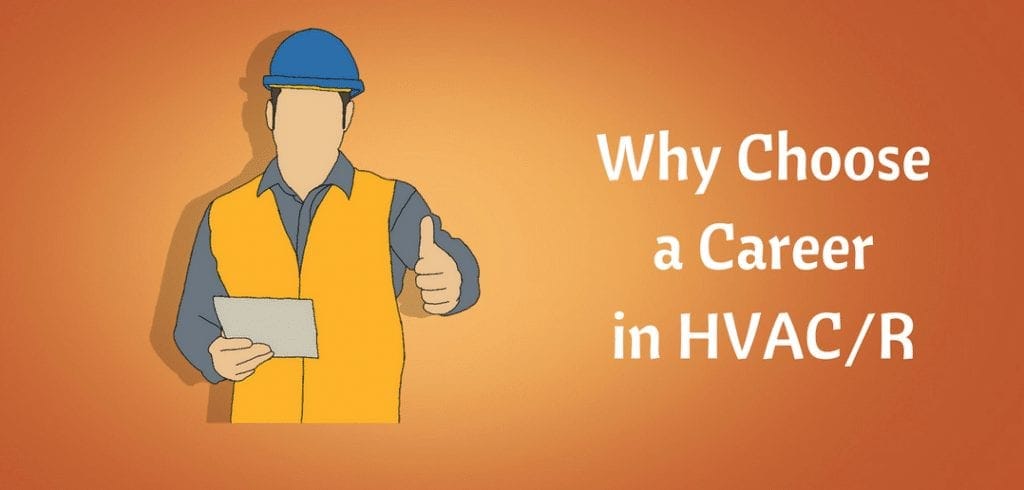The Ultimate Guide To Recognizing Warm Pumps - Exactly How Do They Function?
The Ultimate Guide To Recognizing Warm Pumps - Exactly How Do They Function?
Blog Article
Material Composed By-Blanton Cates
The very best heat pumps can conserve you considerable amounts of money on power expenses. They can also help reduce greenhouse gas discharges, particularly if you use electricity in place of nonrenewable fuel sources like propane and home heating oil or electric-resistance heating systems.
Suggested Web site work quite the same as air conditioners do. This makes them a sensible alternative to traditional electrical home heating unit.
Exactly how They Work
Heatpump cool down homes in the summer and, with a little help from power or gas, they supply some of your home's heating in the wintertime. They're a good choice for individuals who intend to decrease their use nonrenewable fuel sources yet aren't prepared to change their existing heater and cooling system.
They rely upon the physical truth that even in air that seems too cool, there's still energy present: cozy air is constantly moving, and it wishes to relocate right into cooler, lower-pressure environments like your home.
Most power STAR licensed heatpump operate at near their heating or cooling capacity throughout a lot of the year, reducing on/off cycling and conserving power. For the very best performance, focus on systems with a high SEER and HSPF rating.
The Compressor
The heart of the heatpump is the compressor, which is also referred to as an air compressor. This mechanical flowing gadget makes use of potential energy from power development to raise the stress of a gas by minimizing its volume. It is different from a pump because it only deals with gases and can't work with liquids, as pumps do.
Atmospheric air enters the compressor through an inlet shutoff. It circumnavigates vane-mounted arms with self-adjusting length that divide the inside of the compressor, producing numerous dental caries of varying dimension. The rotor's spin pressures these tooth cavities to move in and out of stage with each other, compressing the air.
The compressor pulls in the low-temperature, high-pressure refrigerant vapor from the evaporator and presses it right into the hot, pressurized state of a gas. This process is repeated as required to provide home heating or air conditioning as needed. The compressor additionally contains a desuperheater coil that recycles the waste heat and includes superheat to the cooling agent, transforming it from its fluid to vapor state.
The Evaporator
The evaporator in heat pumps does the same point as it does in fridges and a/c unit, altering liquid refrigerant right into a gaseous vapor that removes warm from the room. ducted heating would not work without this important piece of equipment.
This part of the system lies inside your home or building in an indoor air handler, which can be either a ducted or ductless system. how to fix flashing lights on your heat pump? contains an evaporator coil and the compressor that compresses the low-pressure vapor from the evaporator to high pressure gas.
Heat pumps soak up ambient warmth from the air, and after that utilize electrical energy to transfer that heat to a home or company in heating setting. That makes them a lot much more energy reliable than electrical heaters or heaters, and since they're using clean electricity from the grid (and not melting gas), they additionally produce far fewer exhausts. That's why heatpump are such terrific ecological options. (As well as a significant reason why they're ending up being so preferred.).
The Thermostat.
Heatpump are fantastic choices for homes in cool climates, and you can use them in mix with standard duct-based systems or perhaps go ductless. They're a wonderful alternative to nonrenewable fuel source furnace or traditional electrical furnaces, and they're a lot more lasting than oil, gas or nuclear HVAC devices.
Your thermostat is one of the most important element of your heat pump system, and it functions extremely differently than a traditional thermostat. All mechanical thermostats (all non-electronic ones) work by using compounds that transform size with raising temperature level, like curled bimetallic strips or the expanding wax in an auto radiator valve.
These strips consist of two various sorts of steel, and they're bolted with each other to develop a bridge that completes an electric circuit linked to your heating and cooling system. As the strip gets warmer, one side of the bridge broadens faster than the other, which triggers it to bend and signal that the heating system is needed. When the heat pump remains in home heating setting, the reversing valve reverses the flow of cooling agent, so that the outdoors coil currently works as an evaporator and the interior cyndrical tube becomes a condenser.